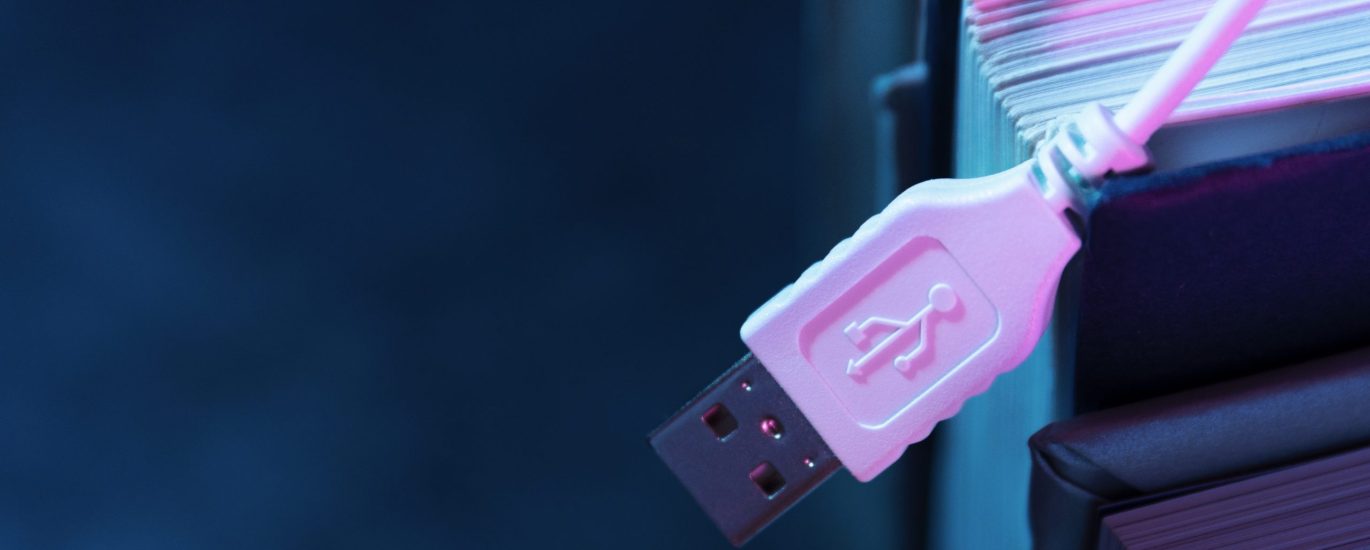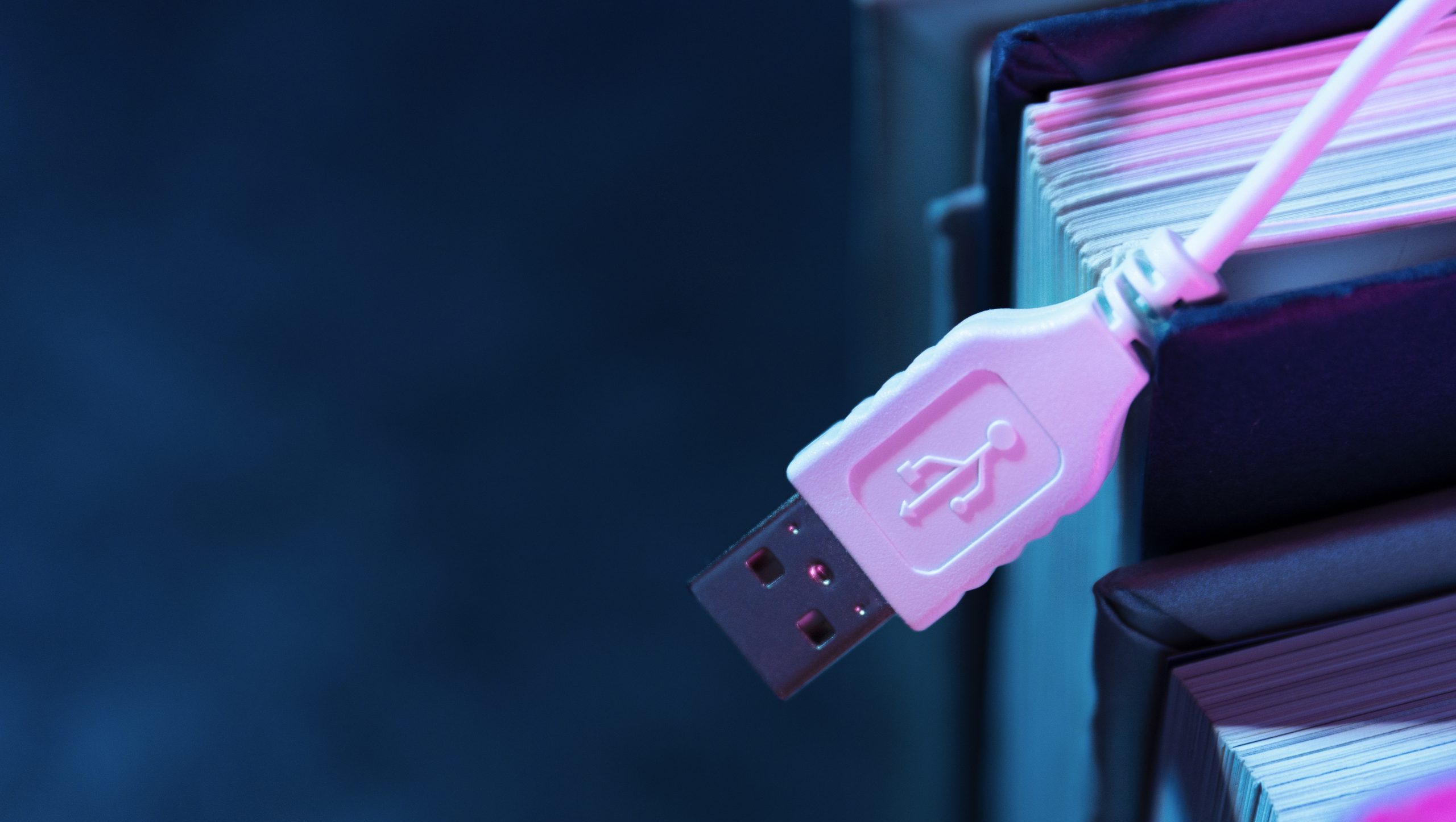



USB drives are a number of the most popular and practical transportable garage devices. They facilitate fast records switch between computers and are critical to our regular computing duties. But they also provide a trouble for investigators of digital forensics. Knowing the way to music a USB pressure’s records, mainly which gadget it become final attached to, is important due to the fact USB drives may be used to transport documents among computer systems.
This weblog submit will discuss how USB drives are identified, the forensic techniques that can be used to discover the machine that a USB drive was maximum these days connected to, and the importance of this statistics.

Let’s talk why it’d be vital to track a USB force’s records earlier than getting into the forensic strategies. Knowing which pc, a USB power become maximum currently attached to is critical in some of conditions:
The connections of discs being inserted into the computer can provide important details about history. These marks may be included in the operating system log, registry, or even file system metadata. Let’s check how these marks work in many OS:
Windows holds a broad log of all USB devices that are connected to the computer. This record is located in many places:
1. Registry of windows: – One of the most important places for USB connection data storage is Windows Registry. In particular, the registry location below is used to log the USB devices:
HKEY_LOCAL_MACHINE\SYSTEM\CurrentControlSet\Enum\USBSTOR Each USB device which is attached is recorded here with information:
The serial number of a USB device and the time he was plugged can be evacuated from the registry, which can be used to determine which computer the device was connected to.
2. Event Log for Windows: –
Event viewer, which records events for various system functions, is the place where Windows Logs the USB connection event. Event viewer can be used to track the insertion and removal of USB devices. To see these logs, follow these steps:
These logs include details such as the name, connection type and time and date of the device that was attached to a USB device.
3. USBdeview tool: –
A comprehensive list of all USB devices that are ever linked to your windows computer can be obtained with programs such as USBDEView if you need a more user-friendly method to check USB history. The name of the device, kind, serial number, final access time and other details are displayed by this utility. It is rapidly a practical tool for detecting previous USB connections.
The USB connection history is similarly recorded on MACOS, although in a different way.
1. System Data: –
Through the system information program, Macos holds a record of every USB device that is attached. To get it:
This will display a list of all connected USB devices with information about each including manufacturer, name and serial number. However, you will not get an accurate timestamp for the connection time of the device.
2. Joint Log: –
All system activities including USB connections have been recorded for more intensive information in their integrated log by MacOS. You can seek these events using the
The recording of the connection of the device’s system is often seen here.
3. Command in terminal: –
Additionally, you can query the system for USB device information using terminal commands such as
ioreg -P IOUSB.
Linux provides a lot of information on the system log USB connection on the computer.
1. dmesg Command: –
The dmesg program of Linux provides a real -time kernel message log, including a comprehensive USB connection log. To see these logs:
This will display all the kernel messages related to USB devices, including detection and plug-in time.
2. Log from Udev: –
Linux’s device manager, UDEV, record comprehensive data about device connections.
/var/log/udev directors are logged in UDEV.
3. lsusb Command: – An easy tool for detecting the connected device and their characteristics is the lsusb command, which lists each USB device attached.

USB drives are powerful tools to transfer data, but they also leave a mark of information about their use. Whether you are an exploiter trying to find out the origin of a USB drive or someone is trying to determine whether their device was finalized, understanding how it is important to remove this data. By using the registry entries, events log, and forensic tools, you can reveal where a USB drive was connected and when. The ability to detect the final connection of the USB drive may be an invaluable asset in both personal safety and forensic investigation. By combining the system log, special software and a methodical approach, it is possible to highlight important details about devices that you interact with daily. Tell us your thoughts or if you have any questions about tracing USB drive!